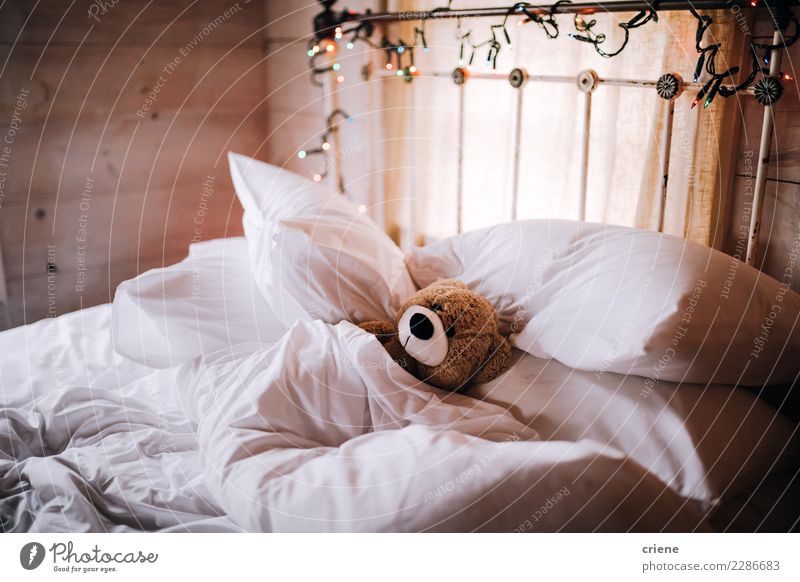Your Stuffed Animals Is full of insects !?! True or False
STARLOG.COM Insects & Bugs
Your Stuffed Animals Is Full Of Insects !?! True Or False
If you have ever wondered why insects seem to flock to your fluffy pillows, blankets or toys, you are not alone. Many people have asked this question, and the answer is not so simple. Insects are not necessarily attracted to fluffy things, but they may find them useful for different reasons.
First of all, what do we mean by fluffy things? Fluffy things are anything that has a soft, fuzzy or furry texture, such as wool, cotton, feathers, fur or synthetic materials. Fluffy things can provide warmth, comfort and coziness for humans and animals, but they can also offer some benefits for insects.
One benefit is that fluffy things can provide hiding places for insects. Some insects like to burrow into fluffy things to escape from predators, weather or light. For example, fallen leaves and log piles can attract worms, woodlice, millipedes and centipedes. These insects can also decompose the organic matter and recycle nutrients in the soil.
Another benefit is that fluffy things can provide food sources for insects. Some insects feed on the fibers or the animal products in fluffy things, such as wool or feathers. For example, clothes moths and carpet beetles can damage your clothes, carpets and furniture by eating the keratin in them. These insects can also leave behind eggs, larvae and droppings that can cause allergies or infections.
A third benefit is that fluffy things can provide nesting materials for insects. Some insects use fluffy things to build their homes, such as nests, cocoons or webs. For example, bumblebees and wasps can use cotton or wool to insulate their nests. Some spiders can use silk or hair to weave their webs. These insects can also protect their offspring from predators or parasites by hiding them in fluffy things.
But now we are only looking at one factor. If we compare fluffy things with artificial light. Which one would the insects choose?
It actually depends on the type of insect and the situation. Artificial light is more attractive to insects that use the moon or stars as a reference point for navigation, such as moths, beetles and flies. Artificial light interferes with their control systems and makes them lose their direction or balance. Artificial light can also affect their biological clocks, mating behavior and predator avoidance.
Fluffy things are more attractive to insects that need hiding places, food sources, or nesting materials, such as worms, woodlice, millipedes and centipedes. Fluffy things offer them shelter, nourishment and security. Fluffy things can also attract other wildlife that feed on these insects, such as hedgehogs, birds or bats.
But do those fluffy animals that you sleep with or your favorite fluffy blanket have insects in them? Well, it is possible, but not very likely. Most insects prefer natural materials over synthetic ones, and they usually avoid human contact or disturbance. However, if you notice any signs of insect infestation, such as holes, stains or webs, you should wash your fluffy things in hot water and dry them thoroughly. You can also store them in sealed containers or bags with some lavender or cedar oil to repel insects.
In conclusion, insects are not necessarily attracted to fluffy things, but they may find them useful for different reasons. Artificial light is more attractive to insects that use the moon or stars as a reference point for navigation. Fluffy things are more attractive to insects that need hiding places, food sources or nesting materials. You can prevent insect infestation by washing and storing your fluffy things properly.
I hope you enjoyed this blogpost and learned something new about insects and fluffy things. If you have any questions or comments, please leave them below. Thank you for reading!🙏

Comments
Post a Comment